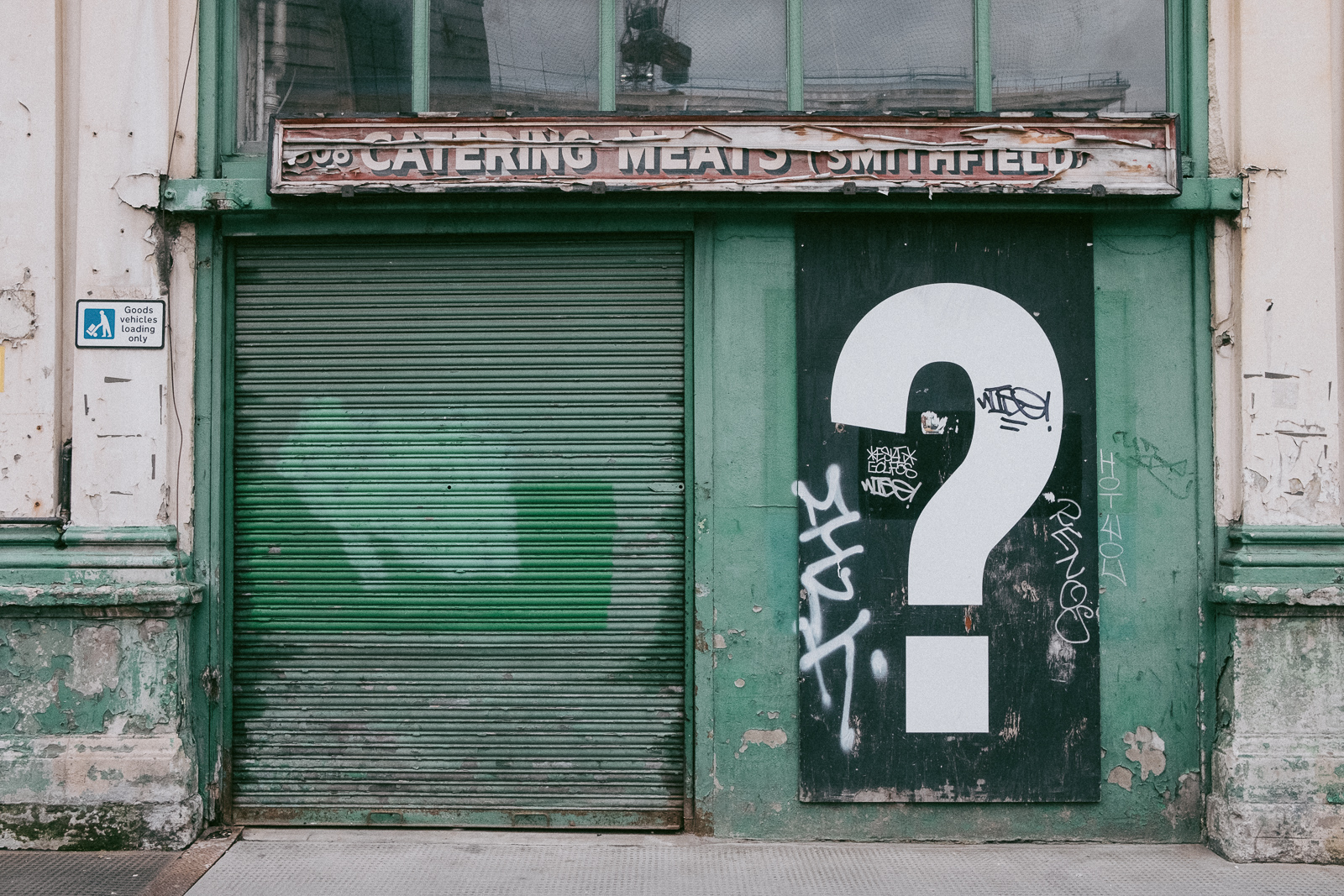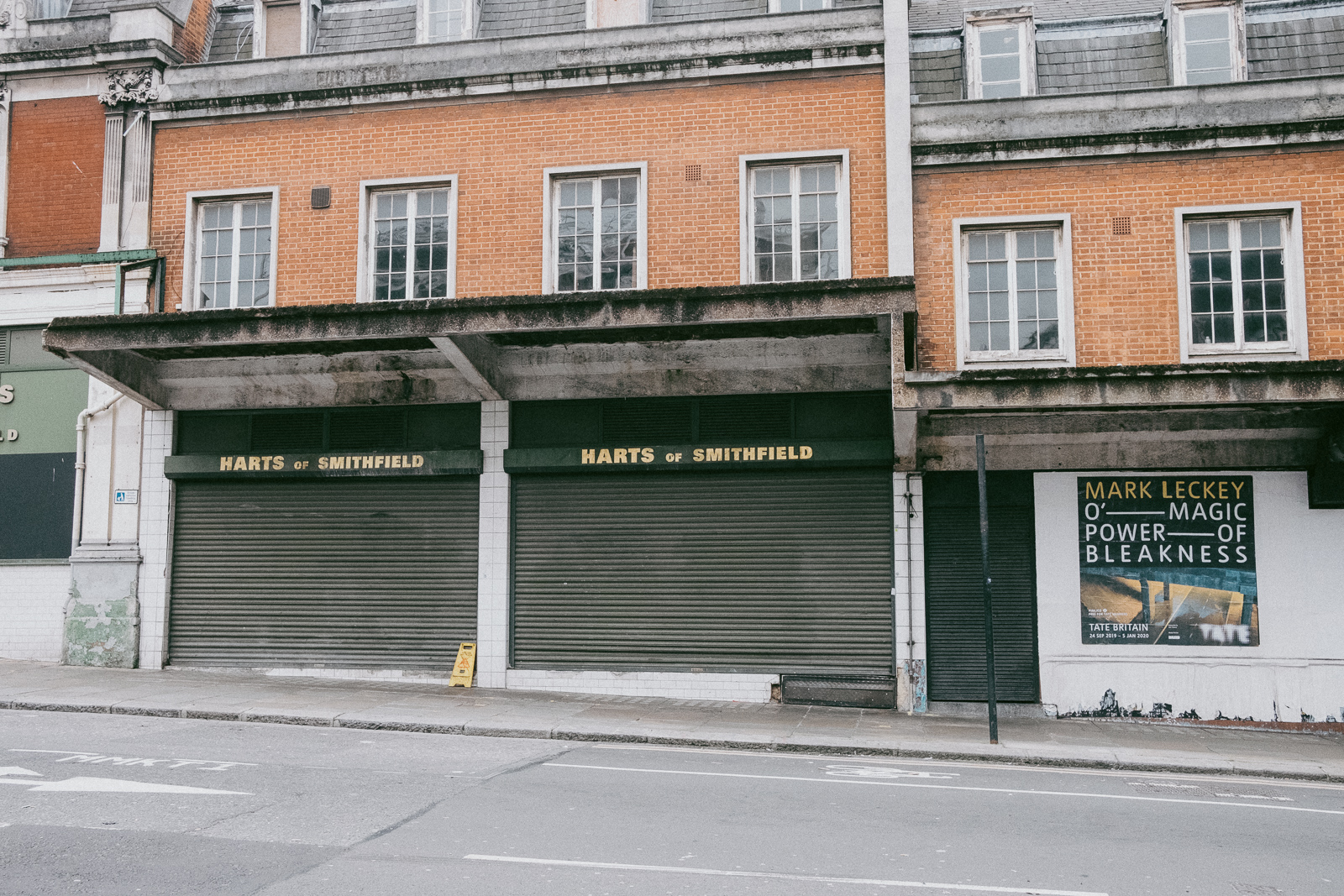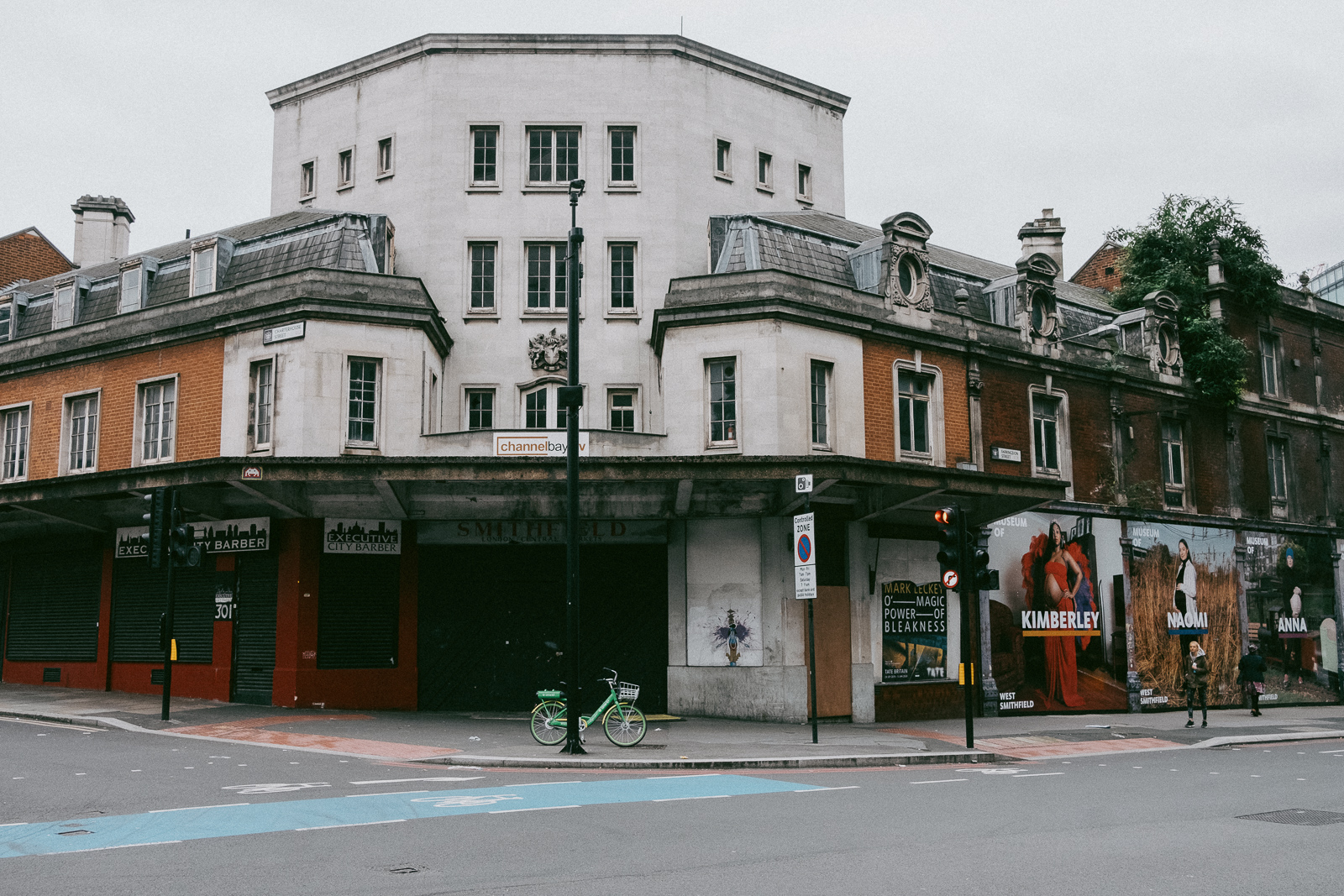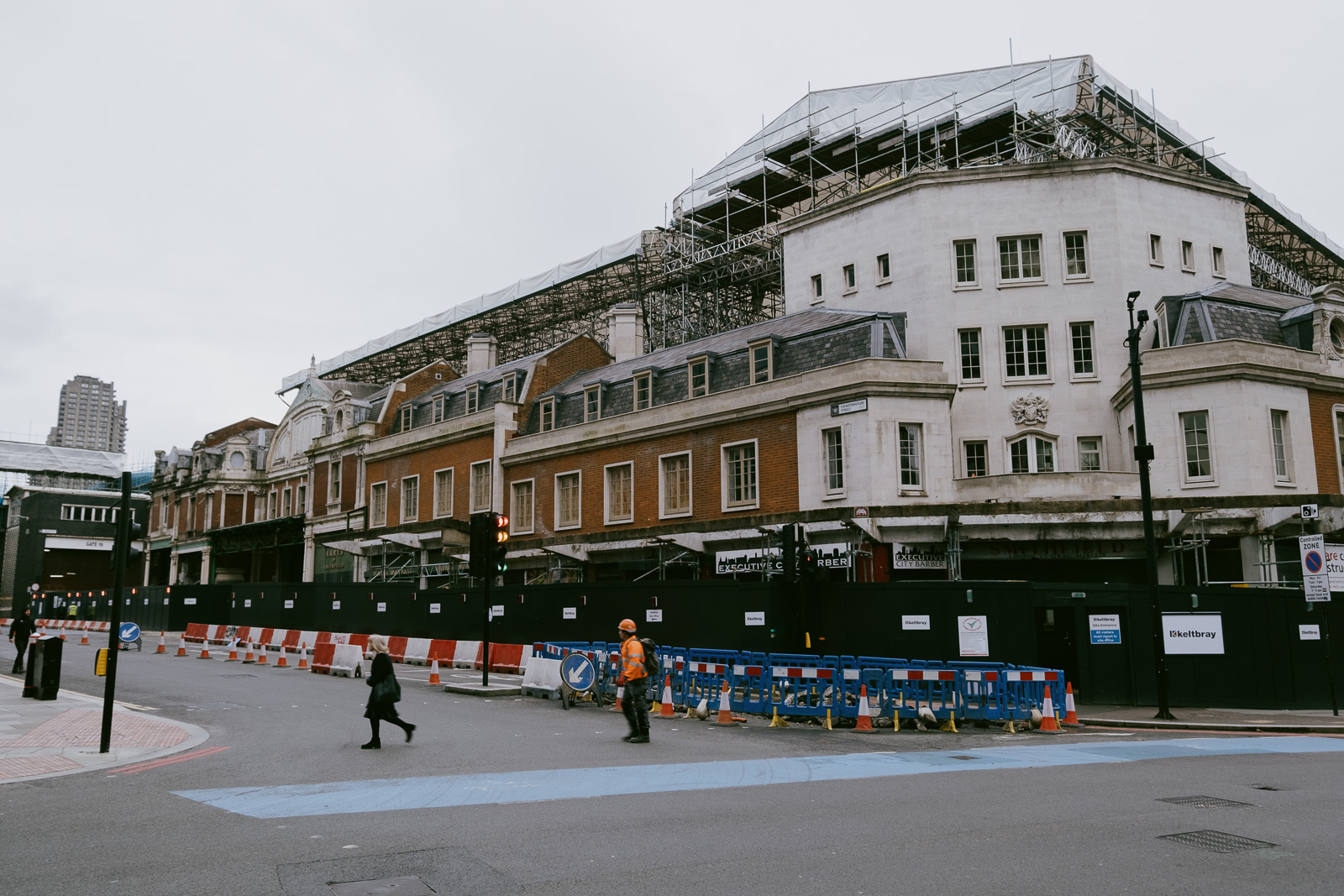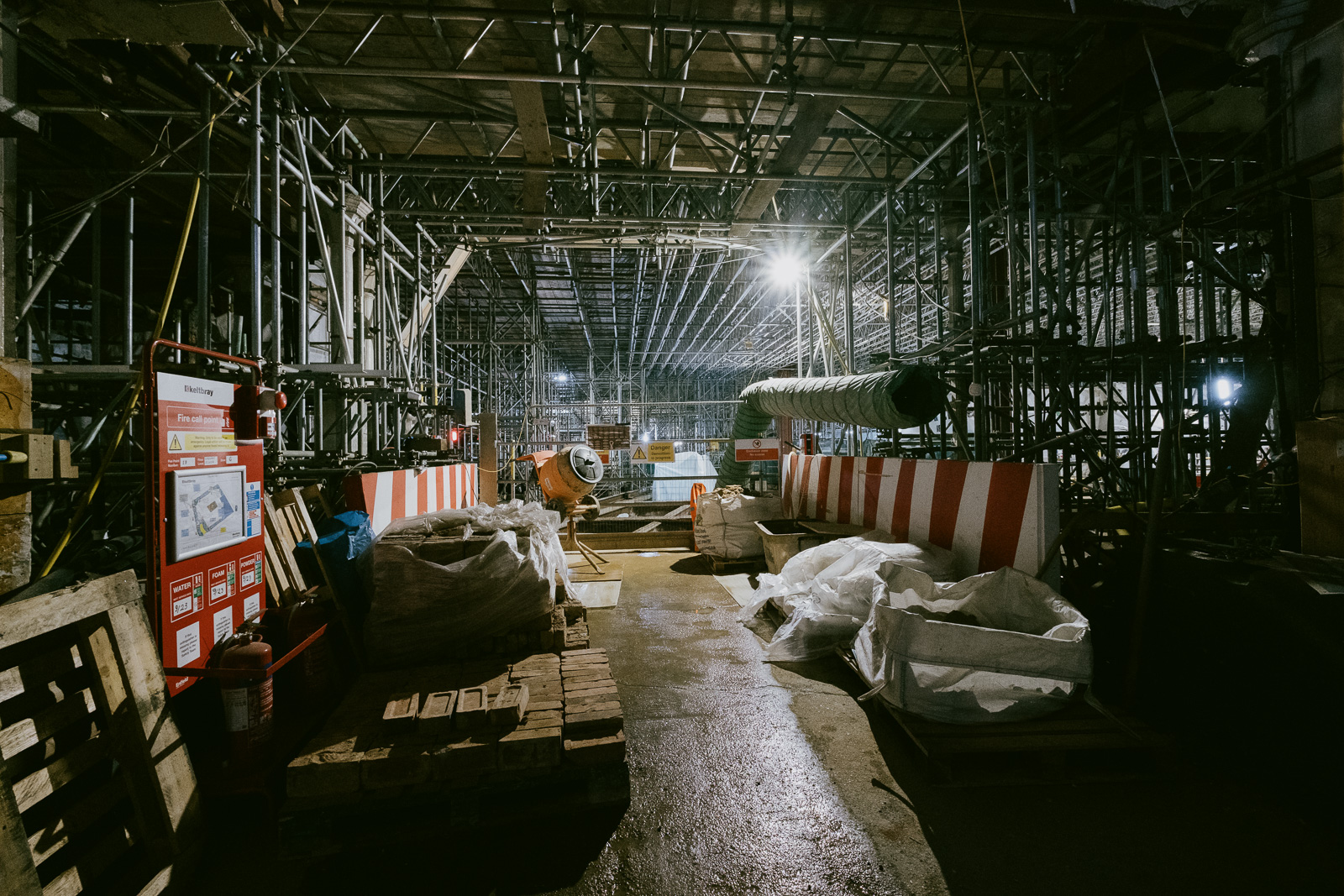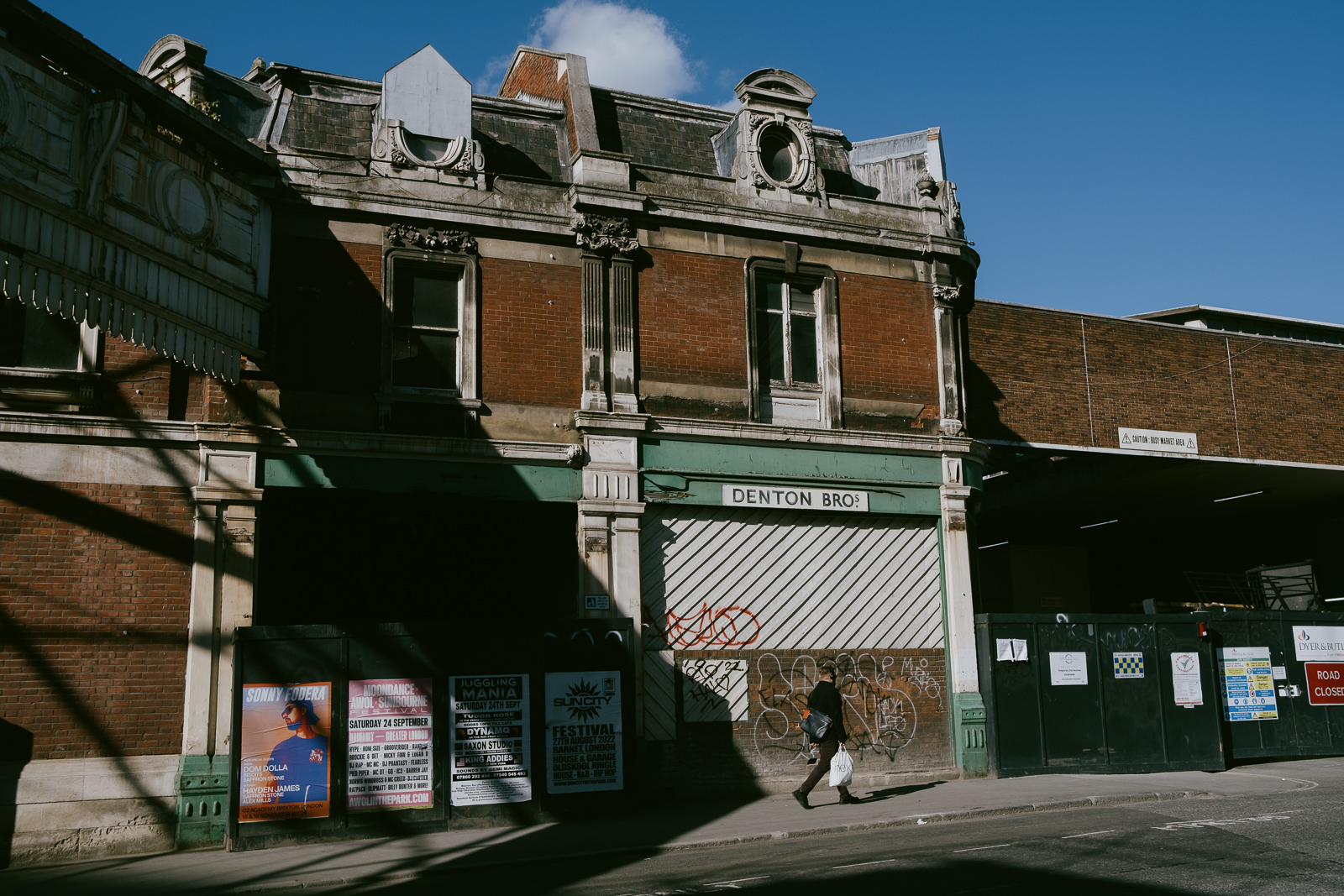Smithfield Market
Smithfield has been home to a meat market since at least the tenth century; by the 18th, it had become perhaps the greatest meat market in the world.
Its importance as a destination for livestock meant that it was the start of the Great North Road, for centuries the main route between London to Edinburgh. All mileages on the road started from Smithfield.
By the 19th century, the market had become chaotic and overcrowded. Over 200,000 cows and over a million sheep were driven through the City of London’s narrow lanes towards the market, and the open air conditions were cruel and unsanitary. In 1866 work began on a grand indoor market hall; its designer was to be Sir Horace Jones, who had also designed the beautiful Billingsgate and Leadenhall markets in London. This hall still forms the core of the current market buildings.
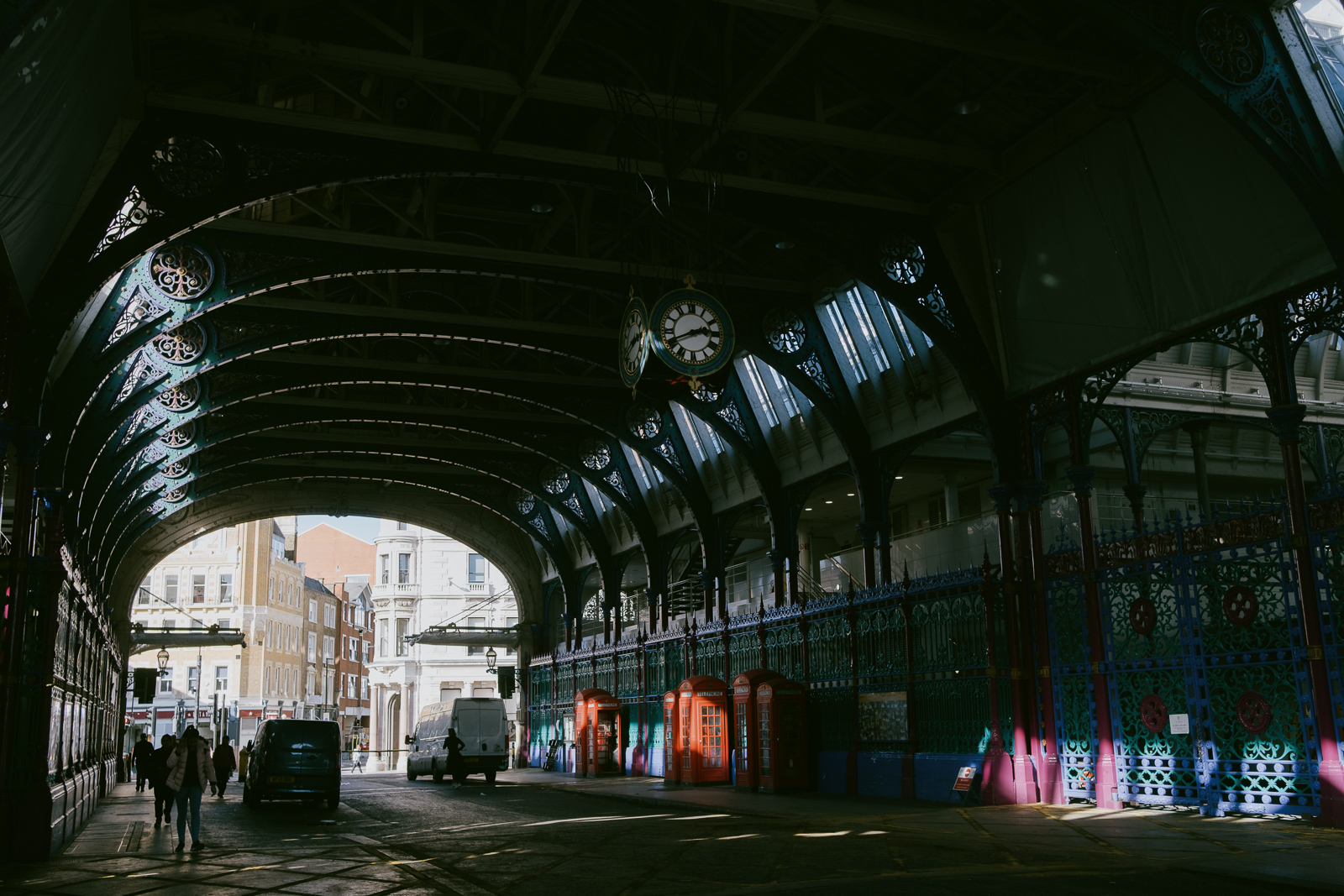
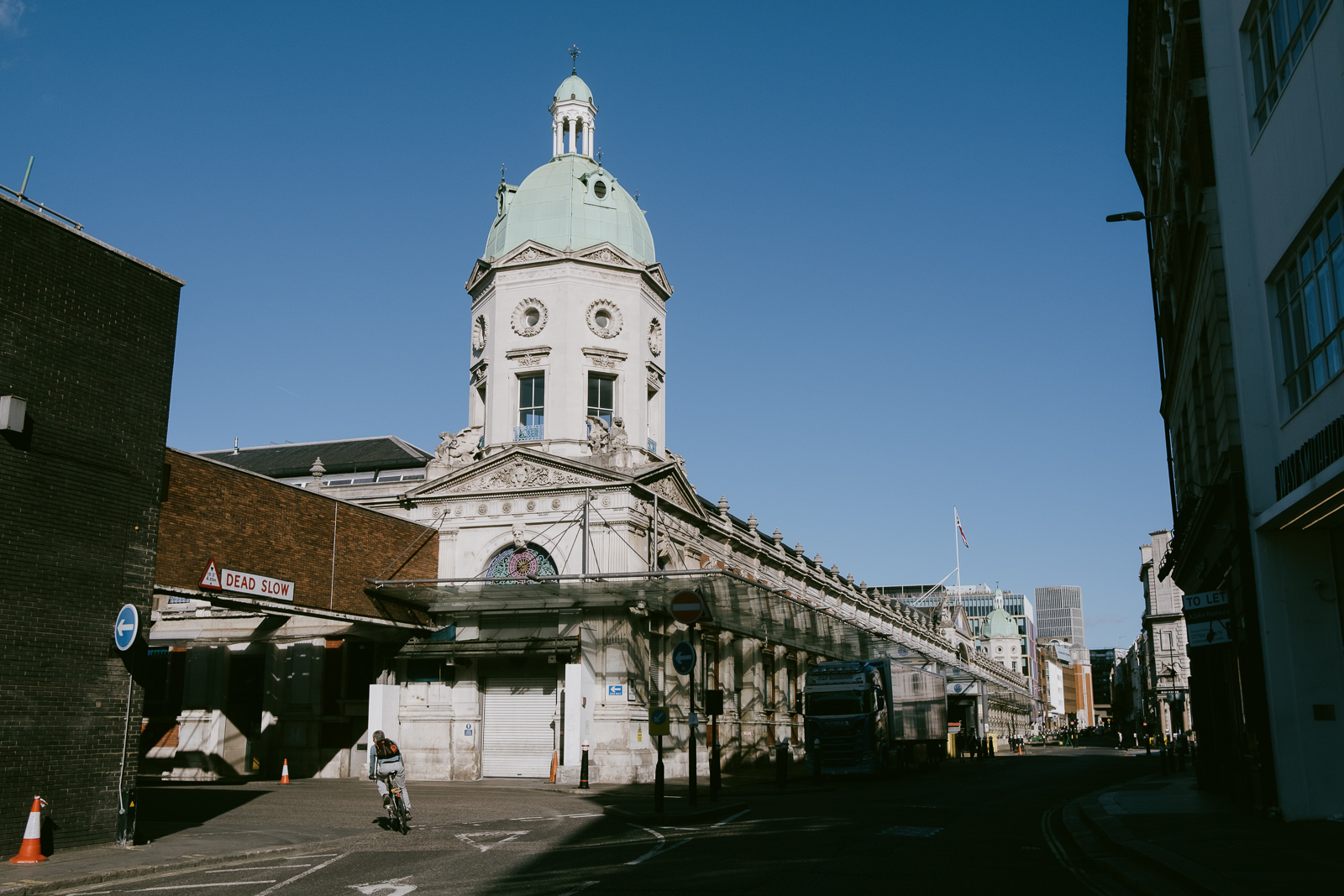
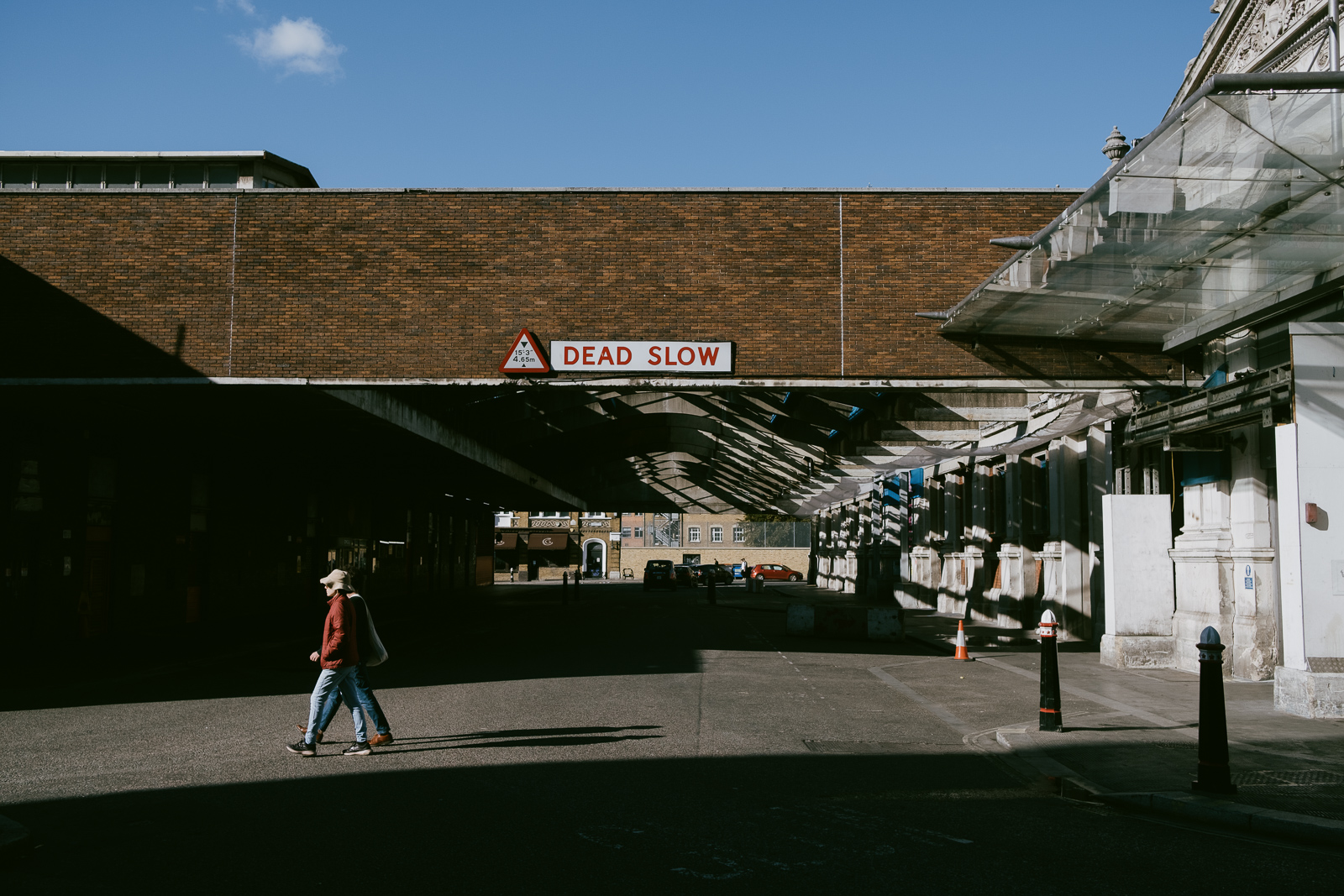
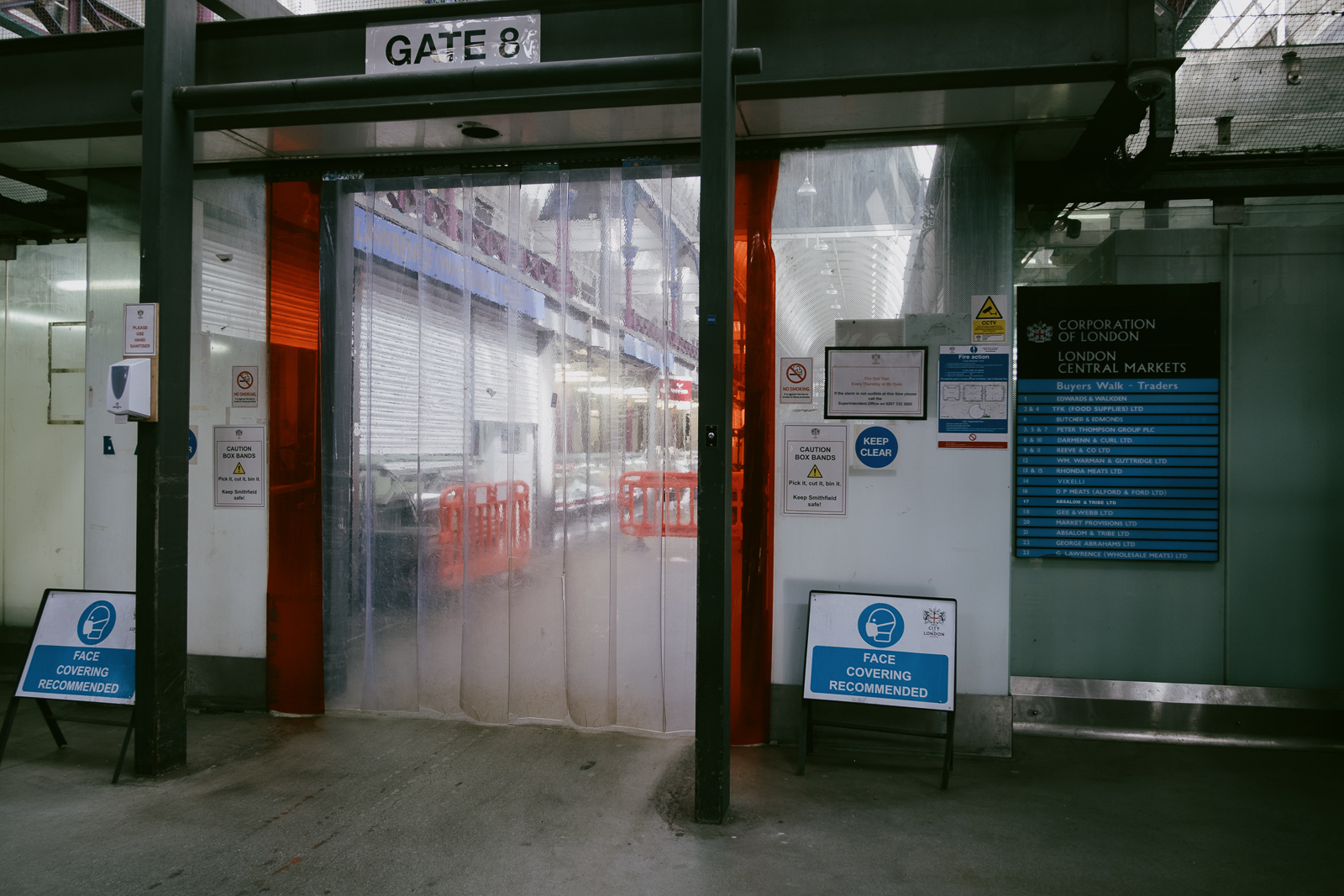
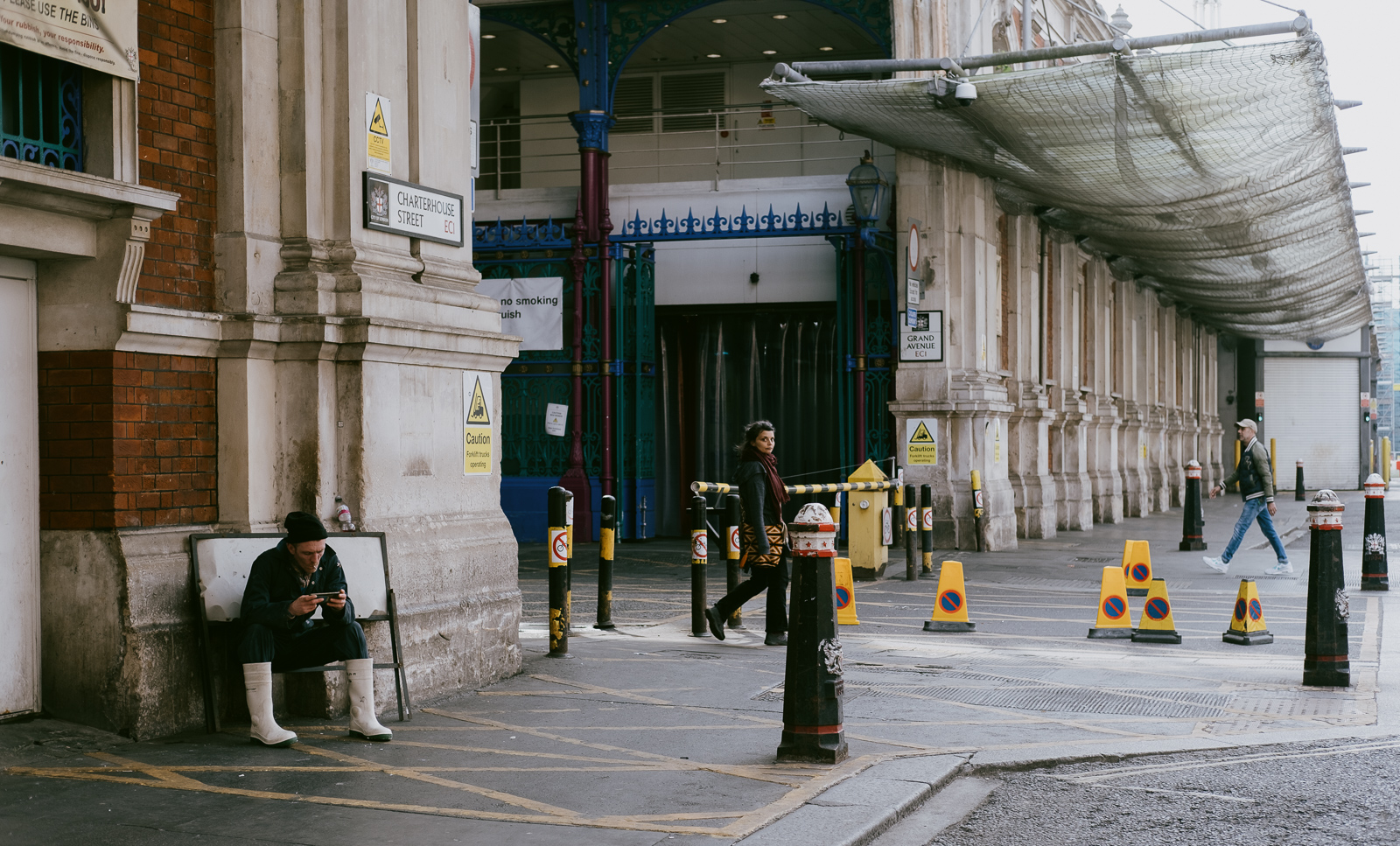
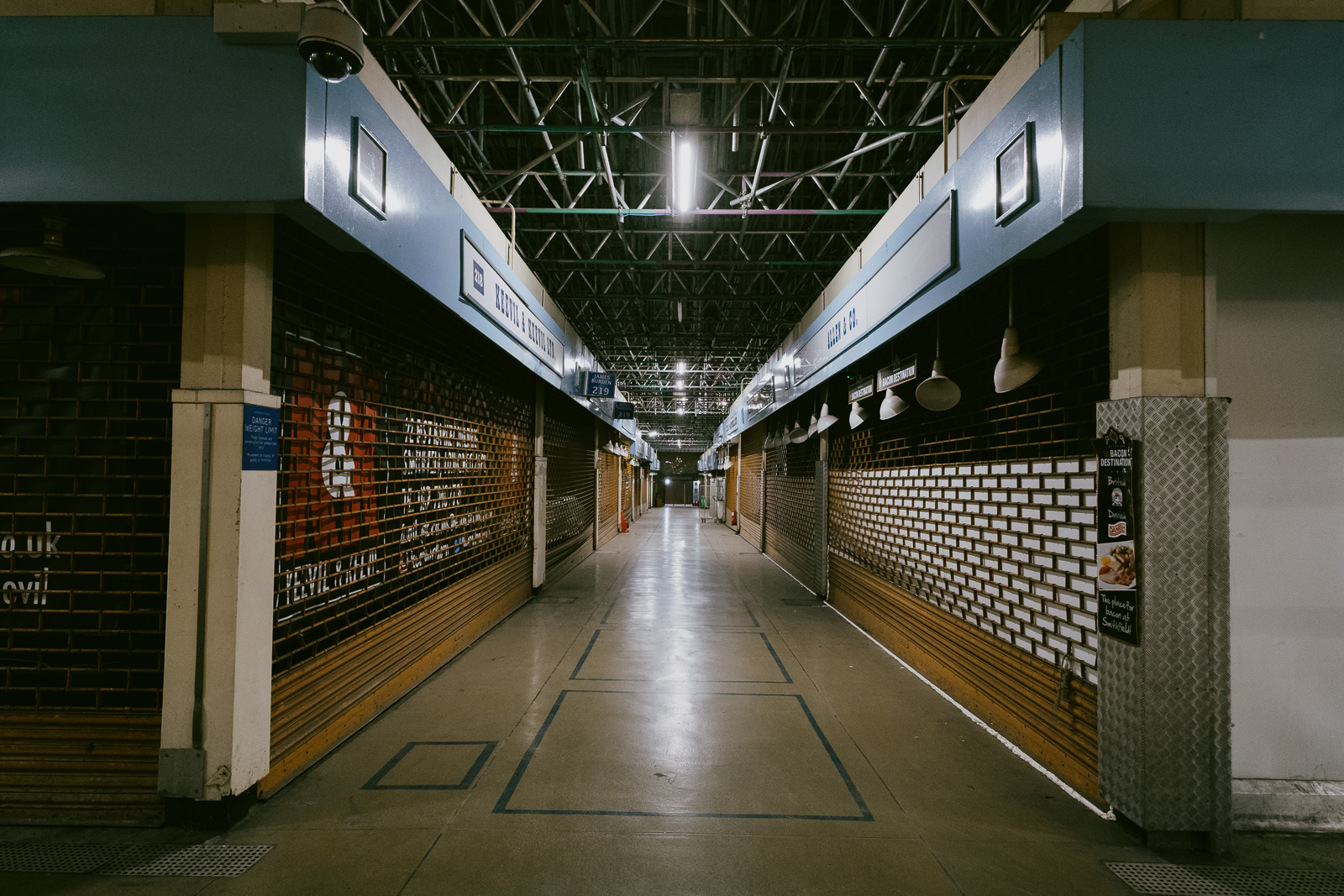
The halls were extended several times: first with the Poultry Market in 1876, then the Fish Market and the Red House in 1899. The Red House was a pioneering cold store, and was in use until the 1970s.
Covering such a large space in such a central location, the market has always caught the eye of greedy property developers. There were plans in the early 2000s to demolish the site and convert it into an office block, but a campaign by English Heritage and Save Britain’s Heritage managed to save the buildings.
But still, the site’s time as a market is limited. It’s the current plan of the City of London Corporation to move the market, along with Billingsgate Fish Market, to a purpose-built site in Dagenham by 2027. The new site is huge, with excellent road links, but something will inevitably be lost as Smithfield goes quiet for the first time in a thousand years.
